Value tree for physical atmosphere and ocean observations in the Arctic report released
By using the value tree methodology and a tool developed by FMI and Spatineo, observations were linked to key products and outcomes like numerical weather prediction and furthr on to services and key objectives of the international assessment framework for arctic observations developed by SAON and IDA STPI in 2017. Check out the value trees at http://arctic-obs.fmi.fi/.
It was calculated, that the total yearly value of this observation system in the Arctic (north of 60°N) including observations and modeling is over 204 million €. Compared to the observing system estimated costs in the mid-latitudes from 30°N to 60°N this is only about a fifth.
The yearly value invested in the observation is distributed towards the 12 Societal Benefit Areas. The individual value trees for the 12 different Societal Benefit Areas can help to analyze which inputs are needed in different Societal Benefit Areas. This should be useful for station managers and Policy-makers in decision making.
In this project, we concentrated in physical atmosphere and ocean observations, but the value tree tool will be available for further work to address many more Earth Observation domains like atmospheric composition or biodiversity. Hopefully, this report can start a continuous action to update and improve the value tree.
The FMI Arctic Space Centre carried out the project Value tree for physical atmosphere and ocean observations in the Arctic funded by the Ministry for Foreign Affairs of Finland and with some extra support by the European Union’s Horizon 2020 iCupe. The project is related to Finland’s chairmanship of the Arctic Council and it is coordinated by the Satellite services and research group of FMI Arctic Space Centre. As a project outcome, the FMI Arctic Space Centre has now published the report Value tree for physical atmosphere and ocean observations in the Arctic that describes the values of different observations towards the key objectives in different Societal Benefit Areas like Weather and Climate or Environmental Quality.
More information:
Mikko Strahlendorff: Mikko.Strahlendorff@fmi.fi


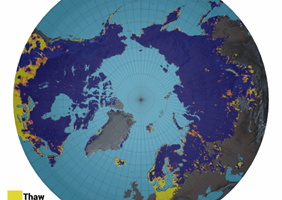
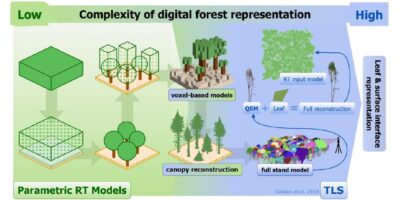
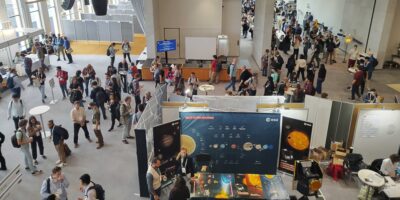
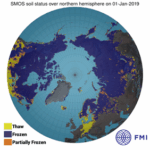

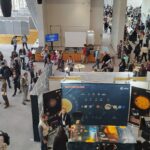
Leave a Reply
You must be logged in to post a comment.